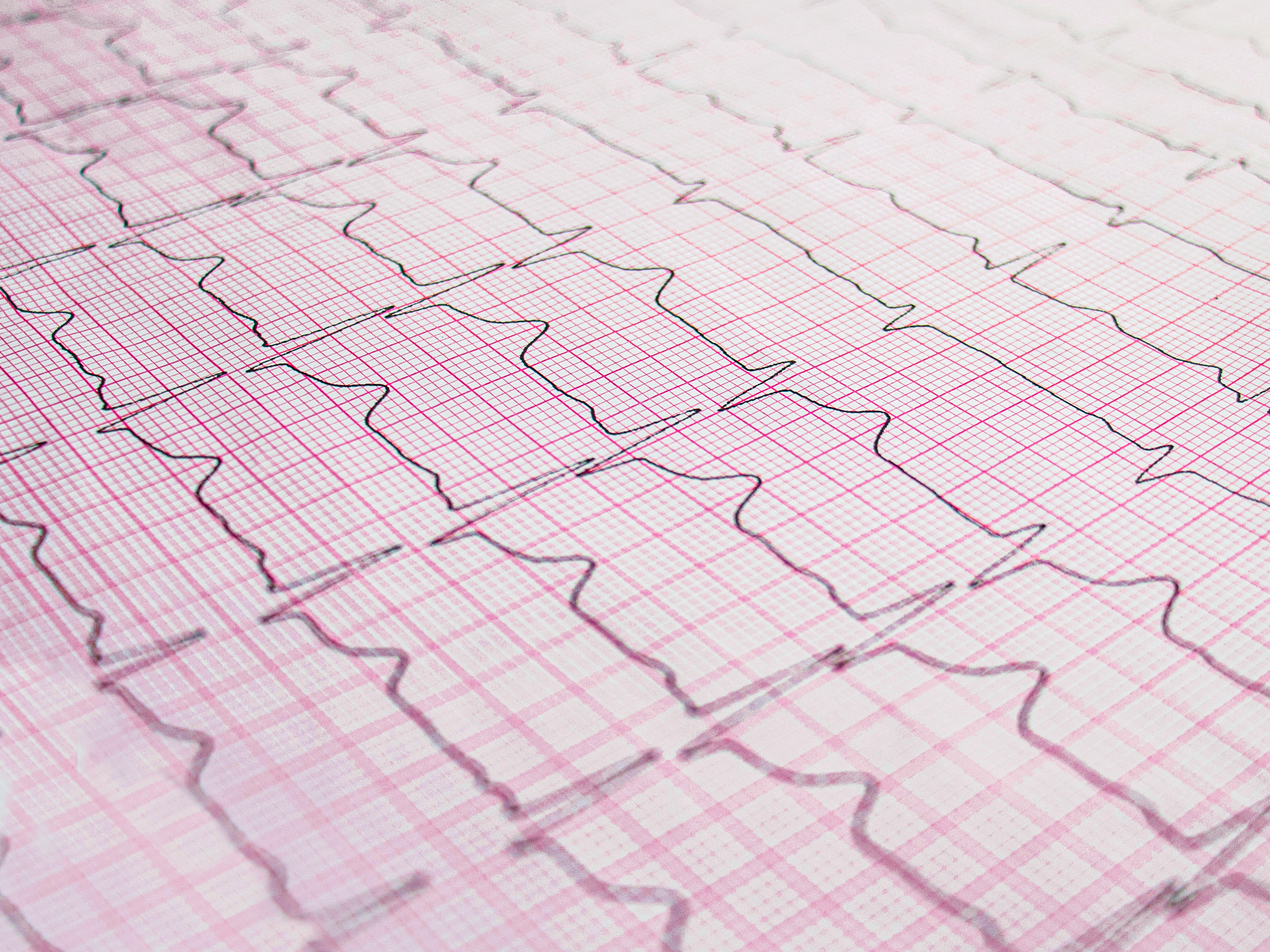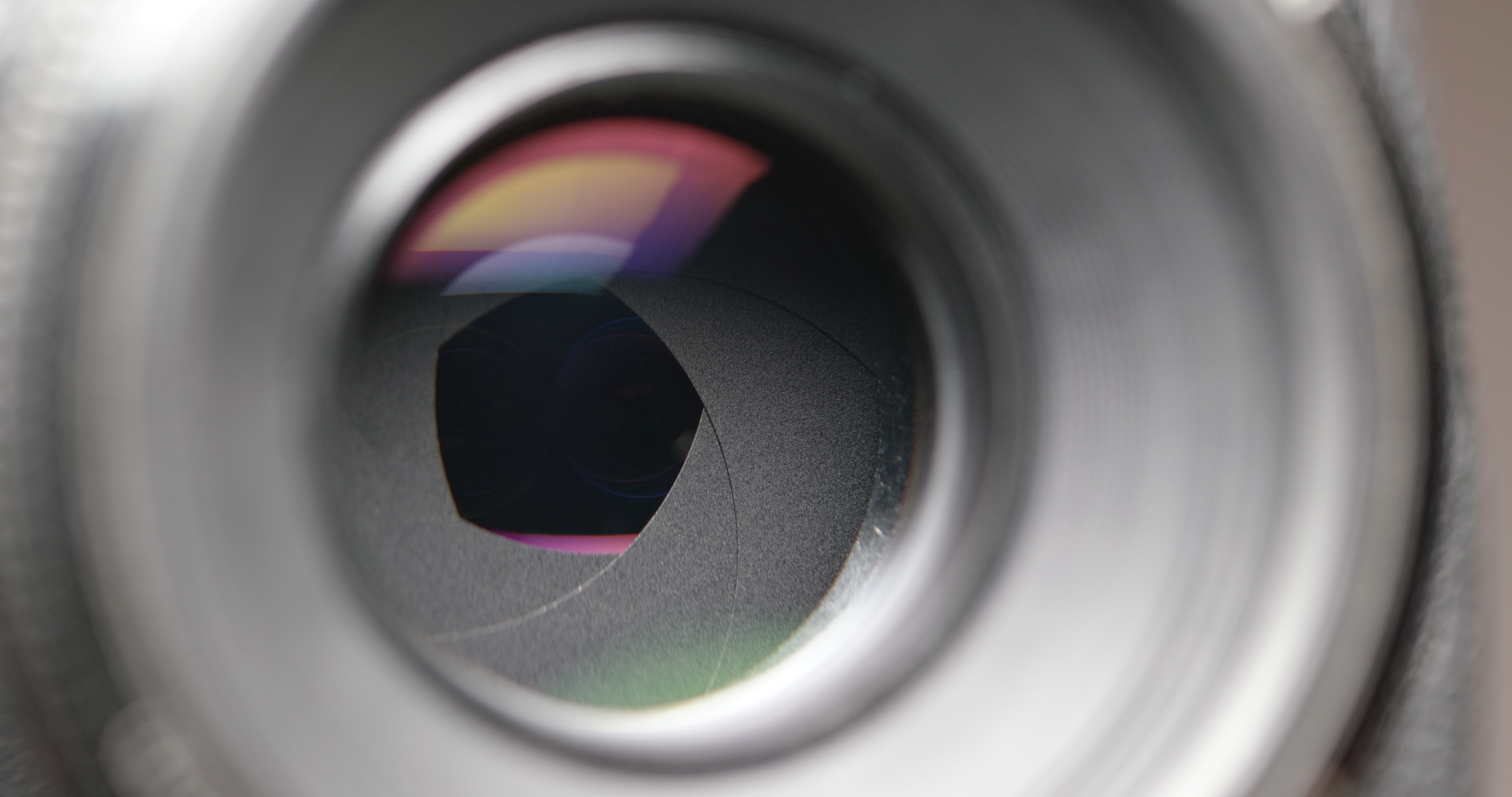- Agriculture
- Antibiotic/anti-viral
- Biologics
- Biomarkers
-
By Clinical Application
- Anesthesiology
- Blood & Lymphatic Disease
- CNS & Neurosciences
- Dermatology
- Diabetes, Metabolism, Endocrinology & Obesity
- Ear, Nose, & Throat
- Emergency Services
- Gastroenterology & Digestive Disease
- General & Plastic Surgery
- Health Education, Medical Training and Operations
- Heart and Vascular
- Immunology, Autoimmune & Inflammation
- Infectious Diseases
- Mental Health
- Multiple clinical applications
- Musculoskeletal Disorders, Orthopedics/Bone
- Nephrology/Renal
- Oncology
- Ophthalmology
- Orphan Diseases
- Pediatrics
- Physical Medicine & Rehabilitation
- Radiology
- Regenerative Medicine / Tissue Engineering
- Reproductive Health: Obstetrics & Gynecology
- Respiratory & Pulmonary
- Surgery
- Transplantation
- Urology
- Wound Healing
- COVID-19
- Creative Works
- Diagnostics
- Drug Delivery
- Drug screening and discovery
- Energy, Cleantech & Environmental
- Engineering & Physical Sciences
- Gene therapy
- Imaging
- Materials
- Medical Devices
- Nutraceuticals
- Other
- Research & Design Tools
- RNAi/siRNA
- Sensors & Controls
- Small molecules
- Software & Information Technology ×
- Stem Cells
- Vaccines
- Veterinary Medicine
Clinically-Linked ECG and Arrhythmia Repository (CLEAR)
Invention Summary Duke inventors have developed a database of digital 12- lead ECG samples that represent key rhythms of cardiac disorders. Each patient’s disorder was validated by a licensed and board-certified cardiovascular medicine physician to…
Duke Head and Neck Model
Neck injury remains a significant societal problem with large financial costs and personal suffering. The cervical spine is vulnerable to severe injury in settings ranging from automotive crashes to athletic accidents. While cadaveric studies conducted…
Feature-free photogrammetric 3D imaging with cameras under unconstrained motion
Unmet Need With the increasing development of camera-based sensors for applications such as virtual and augmented reality, there is more demand for technologies that can image 3D structures and create interpretable digital representations – a…
A spatial coherence filtering method to increase resolution in color-flow ultrasound imaging
Unmet Need Color-flow ultrasound imaging is a technique that allows for visualization of blood flow within tissues and is frequently used to diagnose cardiovascular abnormalities, guide needle biopsies, examine tumor vascularity, and measure blood flow…
A longitudinal education database for insight into medical school outcomes
Unmet Need There are roughly 150,000 medical residents in the US, and each trainee must meet certain benchmarks as they progress through their training. Each resident will have many datapoints collected over the course of…
POLARIS – a probabilistic soil classification and property database over the contiguous United States at a 30-meter spatial resolution
Unmet Need The soil properties have a critical impact on the accuracy of the land surface and hydrologic models, which are essential for applications in monitoring the climate and optimizing agriculture. The soil monitoring market…
Systems and methods for efficient prediction and design of neural stimulation
Unmet Need Bioelectronic therapy is the ability to deliver various electrical impulses to patients through implanted medical devices. These devices can treat heart failure, epilepsy, and chronic pain among other ailments. Depending on the disease,…
Schenk Composer: A framework for algorithmic music generation
Unmet Need As artificial intelligence (AI) and machine learning become more commonplace in modern society, there is increasing demand for these tools to be incorporated in creative applications that normally rely completely on human intuition.…
EEG-based monitoring of brain recovery following stroke
Unmet Need Stroke is the third leading cause of disability in the US, affecting 800,000 annually. Stroke occurs when blood supply to the brain is impeded, leading to brain damage. Currently, recovery from stroke is…
Data quality assurance framework for machine learning in healthcare
Unmet Need Currently, larger clinical datasets and electronic health records are fraught with unstandardized parameters and invalid datapoints that can cascade in downstream analyses. Such errors have a 92% incidence rate. These errors would be…
Sensor system to accurately measure head dynamics and kinematics
Unmet Need It is estimated that over 1.2 million individuals working in the United States have vibration syndrome due to long-term exposure to tools or machinery. This can lead to blood vessel and nerve damage,…
An eLearning platform with comprehensive engagement analytics and curated content to advance surgical education
Unmet Need As medicine continues to evolve and complexify while academic faculty face growing time constraints, self-study tools like online learning (eLearning) become invaluable for bridging the gap in medical trainee education. In particular, eLearning…










